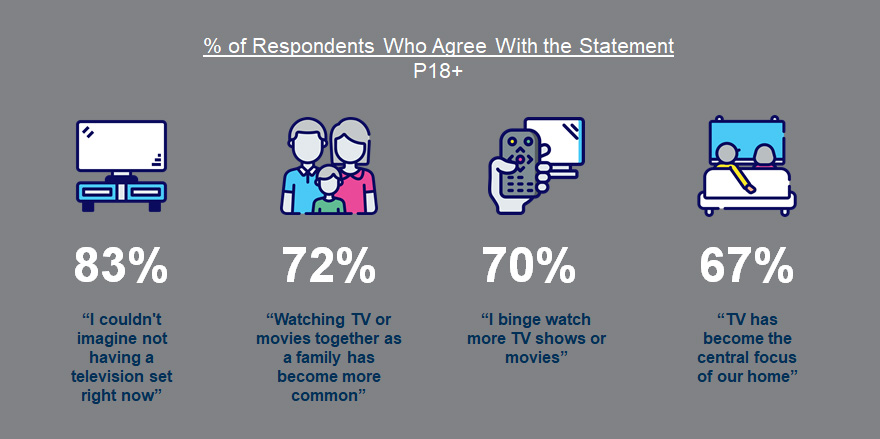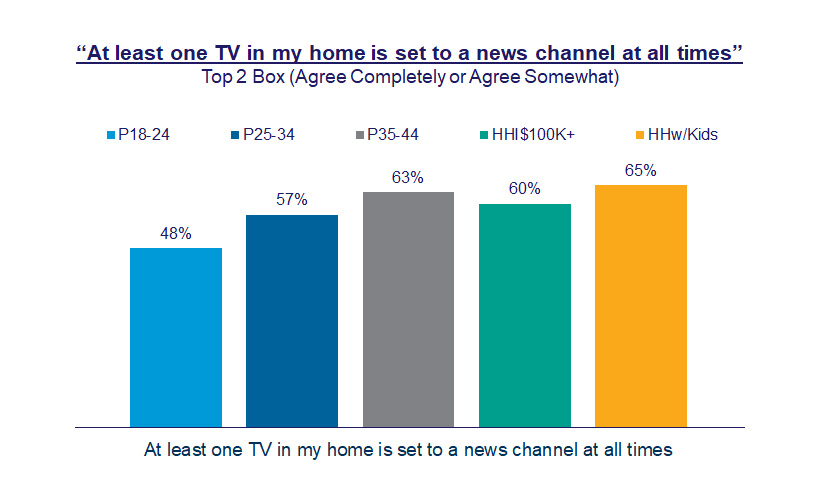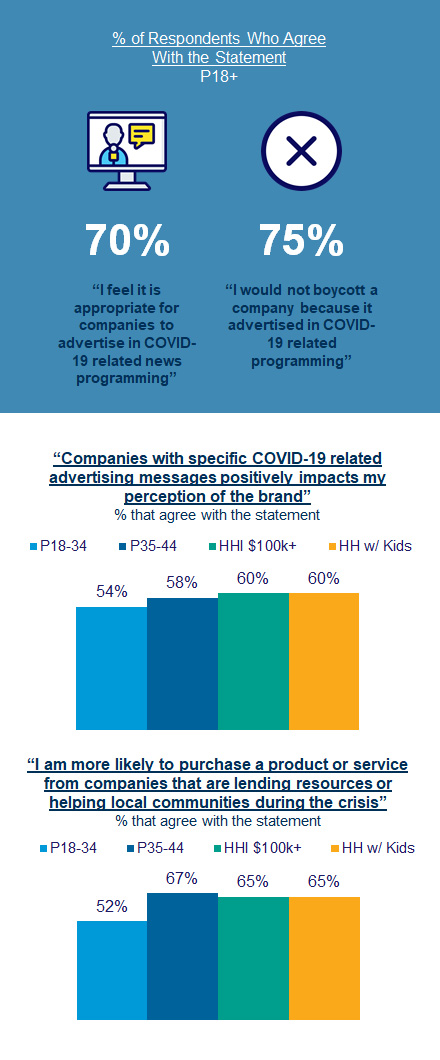Having worked with dealerships for over 20 years, Clark Marketing Solutions is always working to stay ahead of the curve, making sure that our clients have the best information possible to inform their marketing decisions.
Regarding the advent of COVID-19, the current business climate feels a lot like being stranded in deep water and trying to stay afloat. In the short term, we are all scrambling to figure out how to get through this unprecedented global challenge. Auto dealers will be running on fumes for a while. But dealership owners are also thinking strategically about the future, how to emerge from this short-term crisis in the strongest long-term position possible, and that involves everything, including new processes and marketing of said new processes.
Take a look at the following article, titled
“How Car Dealers Can Survive During the Coronavirus Outbreak”:
https://www.thedrive.com/tech/32672/how-car-dealers-can-survive-during-the-coronavirus-outbreakThe article has a lot of great, relevant points regarding long-term planning in light of the new normal, including the following:
- The “new normal” may lead to a larger paradigm shift rather than just a short-term challenge.
- New car dealers who begin offering the same kind of home delivery and online transaction services (as used-car companies like Carvana and Vroom) in earnest will be able to take strategic advantage of a void in the market.
- Start building and implementing a true home delivery and online transaction process now.
Right now, everyone is in survival mode. However, when: 1) the virus dangers decrease, 2) social distancing measures relax, and 3) the economy begins to pick up, dealerships are still going to face several challenges that require implementing a true and robust home delivery and online transaction process.
Dealerships that start to “paddle” now will be best situated to “ride the wave” to success. Those who don’t will be left behind, bobbing in the water and watching their competitors ride to shore.
This will be necessitated by: 1) lingering consumer wariness about being in public spaces for long periods of time, 2) consumers’ heavy reliance on online shopping/delivery services in the short-term leading to consumers rewarding online shopping/delivery services—across ALL sectors—in the long-term, 3) a shrinking base of consumers in the market for a car, requiring dealers work harder to get a share of that shrinking pie, 4) dealers who have worked to implement a true and robust home delivery and online transaction process NOW will have strategic advantages over those who have not.
In anticipation of these emerging realities, we recommend the following:
- Make sure that a true and robust home delivery and online transaction process is in place and fine-tuned as soon as reasonably possible.
- Creation of a special area on the dealership website that is dedicated to communicating AND facilitating this home delivery and online transaction process.
- When ready, push the message out to consumers who show in-market behaviors via digital messaging.
Dealerships that start to “paddle” now will be best situated to “ride the wave” to success. Those who don’t will be left behind, bobbing in the water and watching their competitors ride to shore.



